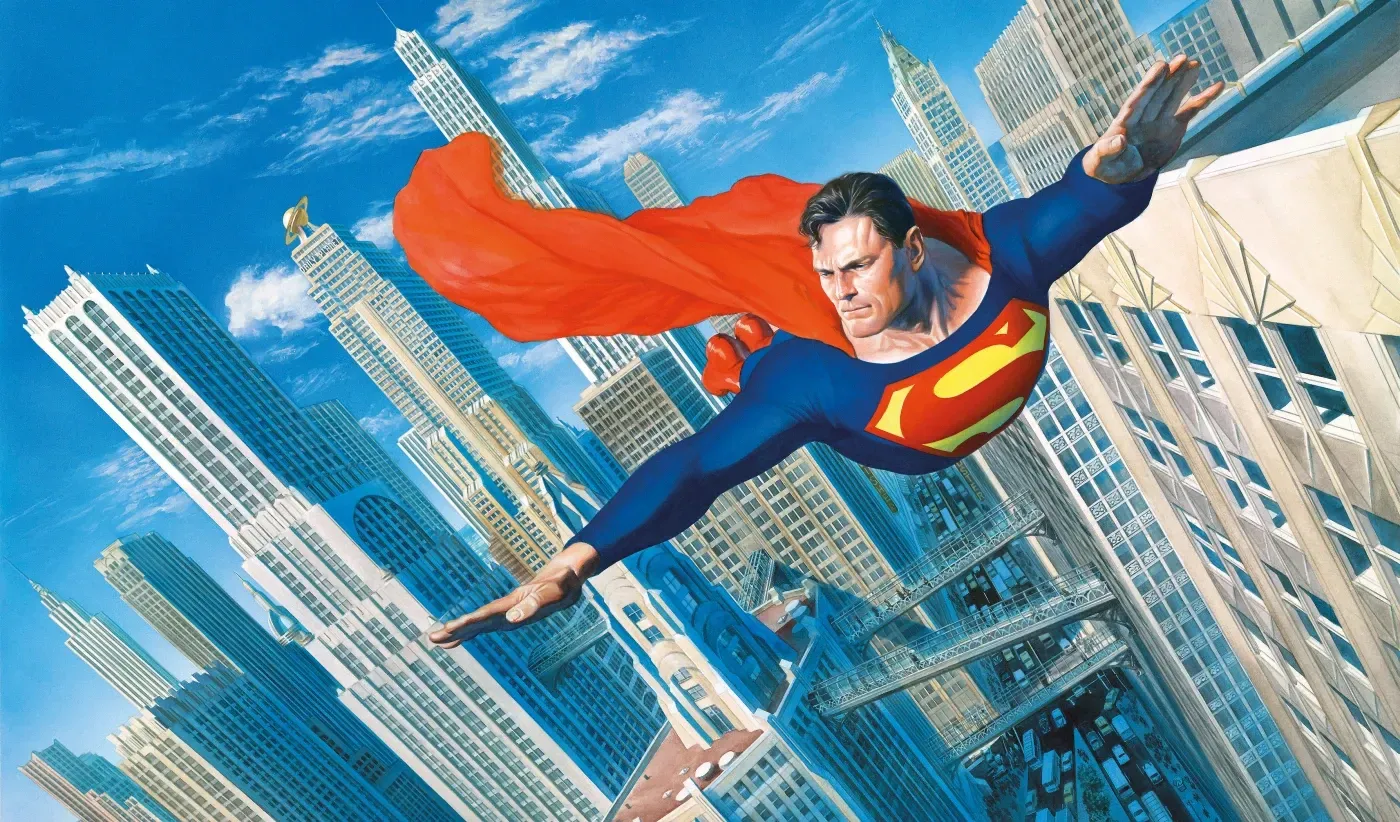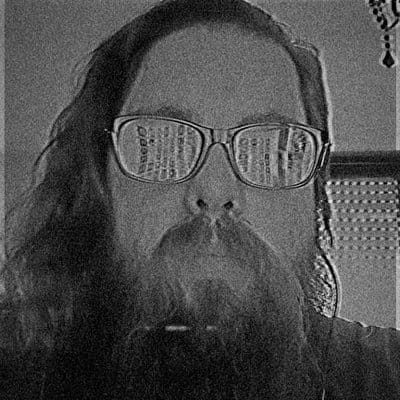
The Man of Steel, the first superhero. Across his 86 years in print–since Action Comics #1– he's managed to stay relevant and set the pace for superhero comics. But in that "can-do-anything" mode, as comics got more complex and scripts more adult, Superman became a tricky character to write: when a hero has infinite answers and solutions, the real challenge is finding threats that feel worthy. Add the social/political baggage of the "American Dream" frame and, from our Argentine vantage point (a country firmly on Team Batman), he's always felt a bit like a cop –too chummy with authority and the system.
That's probably why, unlike other characters who are easier to love, you might not have read much of the Kryptonian. But hey, relax. His name is Kal-El, he's got some fantastic stories, and we're going to give you a little nudge toward the comics you should start with.

Who is Superman?
In 1938, within the first 13 pages of Action Comics #1, Superman is born, created by the duo of Jerry Siegel and Joe Shuster. There were already pulp characters turning into adventure icons –like The Phantom or Zorro– but the "superhero" concept really begins with our friend from Krypton.
Kal-El is sent to Earth by his parents from the planet Krypton, just before it explodes and is destroyed. Once he lands on our world, he's found and adopted by the Kents of Smallville, USA, who rename him Clark. As he grows up under the Kents' guidance in that small rural town, his powers begin to surface, reacting to our galaxy's sun that activates his Kryptonian lineage. Clark –endlessly kind thanks to the Kents– decides to use these new powers to help and protect the people of his new home.

Superman is the blueprint for superheroes –not just the genre, but the "Übermensch" archetype we now see echoed in parodies and variations like Homelander and Invincible. And across the ocean, there are plenty of parallels with the beloved Son Goku, another alien who falls to Earth and is adopted by a man who teaches him kindness.
Over these 86 years, Superman has been through everything –he died, came back, died again… These are –for me– the comics you should start with to get into the character; after that, there's a whole lot more to explore.
Secret Origin (Superman #650-655 - 2009)

You have to start at the beginning but, as you can imagine –and just like with Batman– our dear Clark has an origin that's been told a thousand times over the decades. Geoff Johns –a hard-working writer if there ever was one, with hits and misses– and artist Gary Frank bring us a Superman origin that became a foundation not just for what came next in comics but also for tidying up the movie and TV universes.
After the Infinite Crisis saga –also written by Johns– several characters needed to be straightened out and re-framed from their origins. In the Man of Steel's case, Johns builds a story that keeps the pillars and icons of the myth while adjusting to more modern times and making it more accessible to new readers.

Across the six issues that make up Secret Origin, on top of what we already know, Johns lets us add more about the life and destruction of Krypton –Kal-El's home world– the relationship between his birth parents, his upbringing and family life on Earth, his first clashes with nemesis Lex Luthor, and the moment he decides to fight to protect his new home.
The Man who has everything (Superman Annual #11- 1985)

Alan Moore and Dave Gibbons –the team behind Watchmen (and in Moore's case, a thousand home runs, especially Batman's The Killing Joke)– deliver a short adventure that's spectacular, not only expanding the lore but also showing how Superman relates to his personal fantasies.

Batman, Robin, and Wonder Woman show up at the Fortress of Solitude –Superman's "Batcave"– on his birthday, bearing gifts. But they find him being controlled by an alien plant called the Black Mercy, delivered by Mongul, a space-conquering villain Superman has thrashed more than once. The plant induces a dream –hallucinations of what his life would have been like if Krypton had never been destroyed. What starts as bliss slowly turns into torture. Meanwhile, Batman, Robin, and Wonder Woman fight Mongul and try to figure out how to disconnect the plant from Clark. One of my favorites: short, sharp, super effective.
Superman: For All Seasons (Mini series - 1998)

Some creative duos just always win. We mentioned Moore and Gibbons, but what Jeph Loeb and Tim Sale did in the '90s is on another level. These two –fresh off Batman's The Long Halloween– decided to do something completely different from what was happening to Superman at the time.
A bit of context: in the '90s, the Man of Steel myth had to be reforged after DC Comics decided to kill Superman. After clones, robots, resurrections, and transformations, the character drifted into a weird mood trying to fit the new age of antiheroes. Loeb and Sale deliver one of the tenderest, most human comics they could pull from the soul, bringing Superman down from Olympus for a moment with four tales from his early years growing up in Smallville and arriving in Metropolis.

How do they do it? As the title suggests, this one moves through the seasons: four stories narrated by different characters (Clark Kent, Jonathan Kent, Lois Lane, and Lana Lang) in an introspective tone that focuses on Clark's humanity. Sale's linework pairs with Bjarne Hansen's color choices –delicate and purposeful in each chapter.
All-Star Superman (Limited Series - 2005)

Naturally, the first superhero has attracted some of the medium's best writers, and All-Star gives us another spectacular creative team that's hugely important for the genre. Grant Morrison –responsible for Arkham Asylum and other great comics– joins one of his favorite artists, Frank Quitely, to deliver one of the definitive Superman stories.
All-Star Superman is built like a mythic narrative. I've used "myth" a lot for this character, but that's because Morrison understands Superman as a god who pretends to be human to watch over us –because this planet and its people gave him a home.

Morrison spoke about creating All-Star Superman in an interview with Newsarama on October 21, 2008, telling what clicked when he saw a Superman cosplayer at San Diego Comic-Con: "He was sitting with one knee up, with his chin resting on his arms. He looked completely relaxed… and suddenly I realized that's how Superman would sit. He wouldn't puff out his chest or strike a heroic pose –he'd be totally calm. If nothing can hurt you, you can afford to be relaxed… With that image of Superman in my head –relaxed on a cloud, looking down at us– I ran back to my room and filled dozens of pages in my notebook with notes and sketches".
After a confrontation where he absorbs massive blasts of solar radiation –the very thing that usually powers him– Superman ends up ill, with a sort of "super-cancer". Knowing his time is limited, he sets a list of things to do while he keeps handling the daily grind of being a superhero, facing emblematic enemies, and accepting his fate and legacy. An indispensable read.
The death of Superman (Superman #73-75, Adventures of Superman #496-497, Justice League America #69 - 1992)

Few stories resonated outside comics the way this one did. The Death of Superman hit the wider world and wasn't just a shock to his status as an untouchable character –as many saw him– but also forced everyone to imagine a world without him. Conceived by DC editor Mike Carlin and a hard-working creative team –Dan Jurgens, Roger Stern, Louise Simonson, Jerry Ordway, and Karl Kesel– The Death and Return of Superman, the saga's full title, is a story that's aged and can be a tougher read today, but it's a crucial piece of the character's history. It's not so much the fact that they kill him as the idea of watching him die and having to reconfigure the DC Universe around that.
In The Death of Superman, a being engineered as a weapon of mass destruction –Doomsday– escapes his prison on Earth, where he'd been buried for millions of years. This super-random, insanely powerful character plows a path of destruction like a force of nature, swatting away cities and superheroes like nothing –until he runs into Superman, and we get the most brutal beatdown we've seen Clark give and take.
Of everything recommended here, this one matters for defining a decade and kicking off another with Reign of the Supermen, plus a line-wide crossover in Funeral for a Friend. It may be the hardest of these picks to read, but I still encourage you to enjoy a few well-landed punches.

"Hey, but you didn't mention Red Son." I didn't. While it's one of the most popular Superman books of recent years, I don't think it builds the core character; it's more of a distortion. We'll get into that in another piece, digging into these "what ifs" and the "other" Supermen out there in comics.

